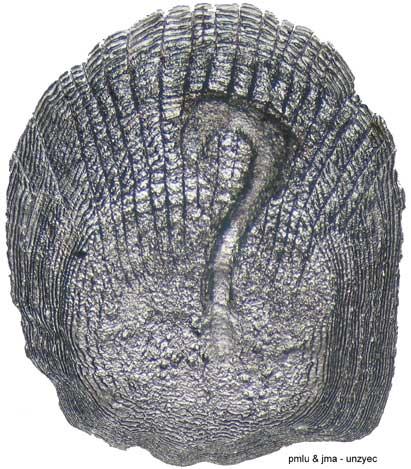Questions Scales

Owens tui (Siphateles bicolor snyderi) is an endemic subspecies of fish from the Owens River Basin in California (USA). Historical bibliographic data tell us about the XX. Until the beginning of the 20th century it was very easy to find this medium-sized cypress in the inert waters and lakes of the streams of the Owens Valley. However, the construction of reservoirs and artificial diversion of water have caused profound changes in their natural habitat, in addition to the fact that species of foreign fish dispersed for sport fishing currently capture many tui chuba owens. Consequently, this subspecies, similar to the loin of our rivers, is in grave danger.
They are not, however, the only causes of the decline of tui chub Owens. His main enemy is his "brother" ("Siphateles bicolor obesa"), subspecies of the Lahontan river basin further north. The two subspecies have remained separated for thousands of years, but human hydraulic constructions have led them to meet in the rivers and lakes of the Owens Valley, producing an introgresive hybridization. That is, although these two subspecies have the capacity to reproduce, hybridize, the following hybrids are more like the northern subspecies. This means that at present there are only three isolated natural populations of the tui chub Owens (in artificial ponds there are four other populations saved about to lose). Faced with this serious situation, chub Owens tui has been declared "endangered species" in the California and US Endangered Species Lists. to implement recovery plans.
One of the anatomical differences between these two subspecies seems to be that the Department of Zoology and Ecology of the University of Navarra and the Department of Fisheries and Hunting of the Government of California addressed the morphological study of scales (and some specific mental bones) in order to determine the subspecific character of populations. And among hundreds of samples of scales from the populations of the two subspecies and hybrid populations, the singular scales of the figure appeared. This scale, corresponding to the sensory line that fish tend to have on the sides of the body, has a line metaphorically distorted by chance and nature's caprine. Are you asking us the fate of the subspecies?
Photo: Pedro Mª Digital image taken in binocular magnifier (25x) by Leunda Urretabizkaia and Javier Madoz Arbea (Department of Zoology and Ecology, University of Navarra).
Buletina
Bidali zure helbide elektronikoa eta jaso asteroko buletina zure sarrera-ontzian











